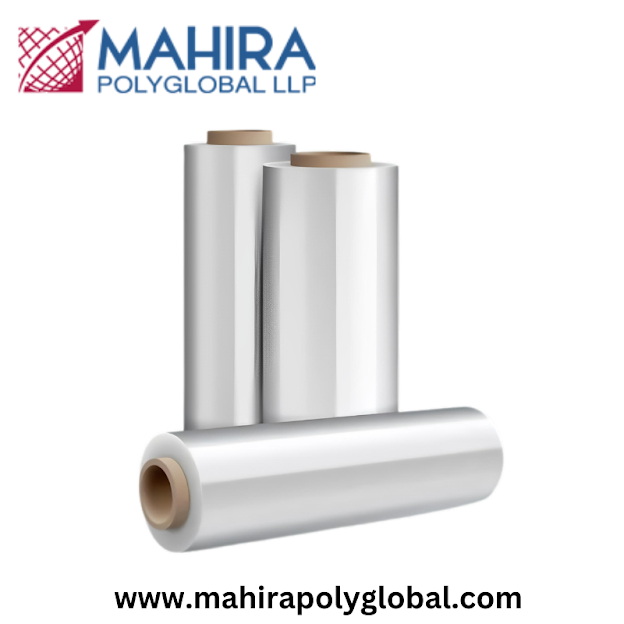How to Choose the Right Thickness and Size for HDPE Sheets
High-Density Polyethylene (HDPE) sheets are a popular choice across various industries due to their durability, versatility, and eco-friendliness. However, selecting the right thickness and size for HDPE sheets can be crucial for ensuring their effectiveness in specific applications. This article delves into the factors you should consider when choosing the appropriate thickness and size for HDPE sheets, along with insights on how suppliers like Mahira Polyglobal LLP can assist in this process.
Understanding HDPE Sheets
HDPE sheets, often referred to as High Density Plastic Sheet, are made from high-density polyethylene, a thermoplastic known for its high strength-to-density ratio. These sheets are commonly used in construction, packaging, signage, and various other applications due to their impressive physical properties.
Key Properties of HDPE Sheets
Durability: HDPE sheets are resistant to impact, moisture, and chemicals, making them suitable for both indoor and outdoor applications.
Lightweight: Their lightweight nature allows for easier handling and transportation, reducing logistical costs.
UV Resistance: HDPE sheets can withstand prolonged exposure to sunlight without degrading, making them ideal for outdoor applications.
Recyclability: They are highly recyclable, contributing to sustainable practices within various industries.
Factors to Consider When Choosing Thickness
1. Application Requirements
The first consideration when selecting the thickness of High Density Polyethylene Sheets is the specific application. Different uses will require varying thicknesses based on stress, load, and environmental conditions. For example:
- Light-duty applications (like signage) may only need sheets that are 1/8 inch thick.
- Medium-duty applications (like container liners or protective barriers) might require thicknesses around 1/4 inch.
- Heavy-duty applications (such as structural components in construction or industrial use) often call for sheets that are 1/2 inch thick or more.
2. Weight Bearing Capacity
If the HDPE sheets will be subjected to weight or pressure, such as in flooring or as part of a structural element, choosing a thicker sheet is essential. The increased thickness enhances the sheet’s ability to support heavier loads without bending or breaking.
3. Environmental Conditions
Consider the environmental conditions where the Polyethylene High Density Sheet will be used. Exposure to extreme temperatures, UV light, or harsh chemicals may necessitate thicker sheets for increased protection and longevity. Thicker sheets generally provide better resistance to environmental stressors.
4. Cost Considerations
While thicker sheets may offer better durability and resistance, they also come at a higher cost. Balancing the need for strength and durability with budget constraints is vital. Always consider the total lifecycle cost of the material, including installation and maintenance.
Factors to Consider When Choosing Size
1. Application Space
The size of the HDPE sheets should be appropriate for the space where they will be installed or used. Measure the area accurately to determine the dimensions required. Avoid purchasing sheets that are too large, as this can lead to unnecessary waste and increased costs.
2. Compatibility with Existing Structures
If the HDPE sheets will be integrated into existing structures, ensure that their dimensions are compatible with those of the surrounding elements. This includes considering factors like spacing, supports, and attachments.
3. Transportation and Handling
Larger sheets can be more challenging to transport and handle, especially if they exceed standard dimensions. Consider the logistics of moving and installing the sheets when determining the appropriate size.
4. Customization Options
Many suppliers, including Mahira Polyglobal LLP offer customization options for thickness and size. If standard sizes do not meet your needs, inquire about custom solutions. This flexibility can help you obtain the perfect HDPE sheet for your specific application.
Common Applications of HDPE Sheets
Understanding the typical applications for HDPE sheets can also guide your decision on thickness and size:
- Packaging: Used for containers and protective packaging, generally requiring thinner sheets.
- Construction: Used for insulation, siding, or as a vapor barrier, often needing thicker sheets for durability.
- Agriculture: Used for pond liners and greenhouse covers, which may vary in thickness based on exposure to elements.
- Signage: Thin sheets are typically sufficient for outdoor signs, taking into account the local climate.
Conclusion
Choosing the right thickness and size for HDPE sheets is essential for maximizing their effectiveness and ensuring they meet the demands of your specific application. By considering factors such as application requirements, weight-bearing capacity, environmental conditions, and logistical aspects, you can make informed decisions.
With suppliers like Mahira Polyglobal LLP offering a range of options and customization services, finding the ideal HDPE sheets for your project becomes more manageable. As industries continue to embrace sustainable materials, HDPE sheets will remain a cornerstone in various applications, contributing to a greener future while providing reliable performance.
FAQs About Choosing HDPE Sheets
Q1: What thickness should I choose for my HDPE sheets?
The thickness of HDPE sheets should be determined based on the application requirements, weight-bearing capacity, environmental conditions, and budget considerations.
Q2: Can I get custom sizes for HDPE sheets?
Yes, many suppliers, including Mahira Polyglobal LLP, offer customization options for both thickness and size to meet specific project needs.
Q3: What are the standard sizes available for HDPE sheets?
Standard sizes for HDPE sheets can vary, but they typically range from 4x8 feet to 5x10 feet. Check with your supplier for specific options.
Q4: Are thicker HDPE sheets always better?
Not necessarily. While thicker sheets offer greater durability, the right choice depends on the specific application and its requirements. Balance thickness with cost and practicality.
Q5: How can I source HDPE sheets?
You can source HDPE sheets from various suppliers, including specialized companies like Mahira Polyglobal LLP, which provide high-quality options tailored to your needs.
.jpg)


.jpg)
Comments
Post a Comment